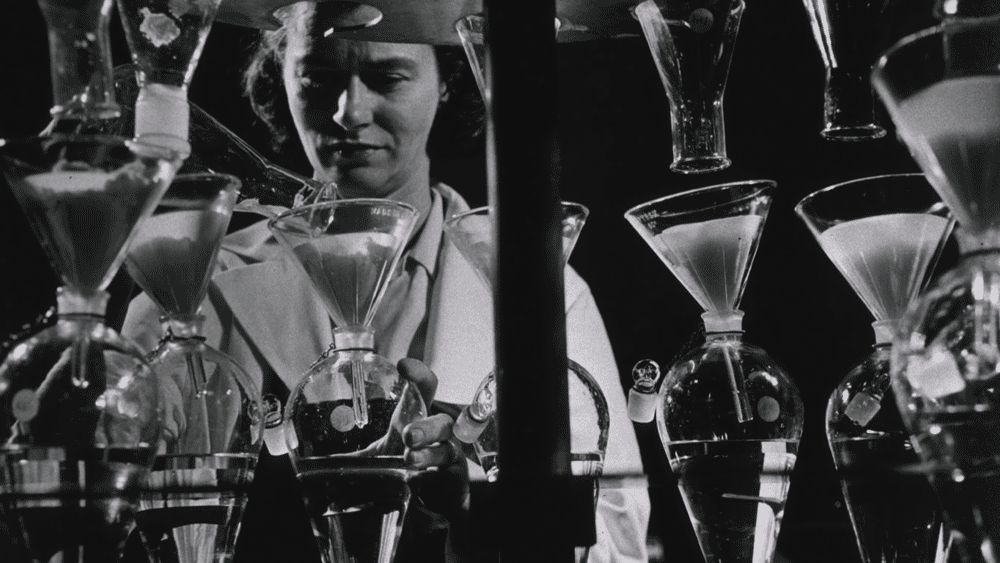Seven women were part of a trailblazing network of feminist scientists in the Boston area during the 1970s, 1980s, and 1990s.
|
ADVERTISEMENT |
Christa Kuljian is a science writer and historian of science who focuses much of her research on issues of science and society, gender, and race. She’s the author of two previous books of narrative nonfiction, Sanctuary (Jacana Media, 2013) and Darwin’s Hunch (Jacana Media, 2017). In her new book, Our Science, Ourselves (University of Massachusetts Press 2024), she focuses on the life stories of the seven women. The following is an interview with The Conversation.
…

Add new comment